Three Nobel Prizes in Two Years: Alphabet's long-term Scientific Research Builds Strength and Ambition, Driven by AI and Quantum computing.
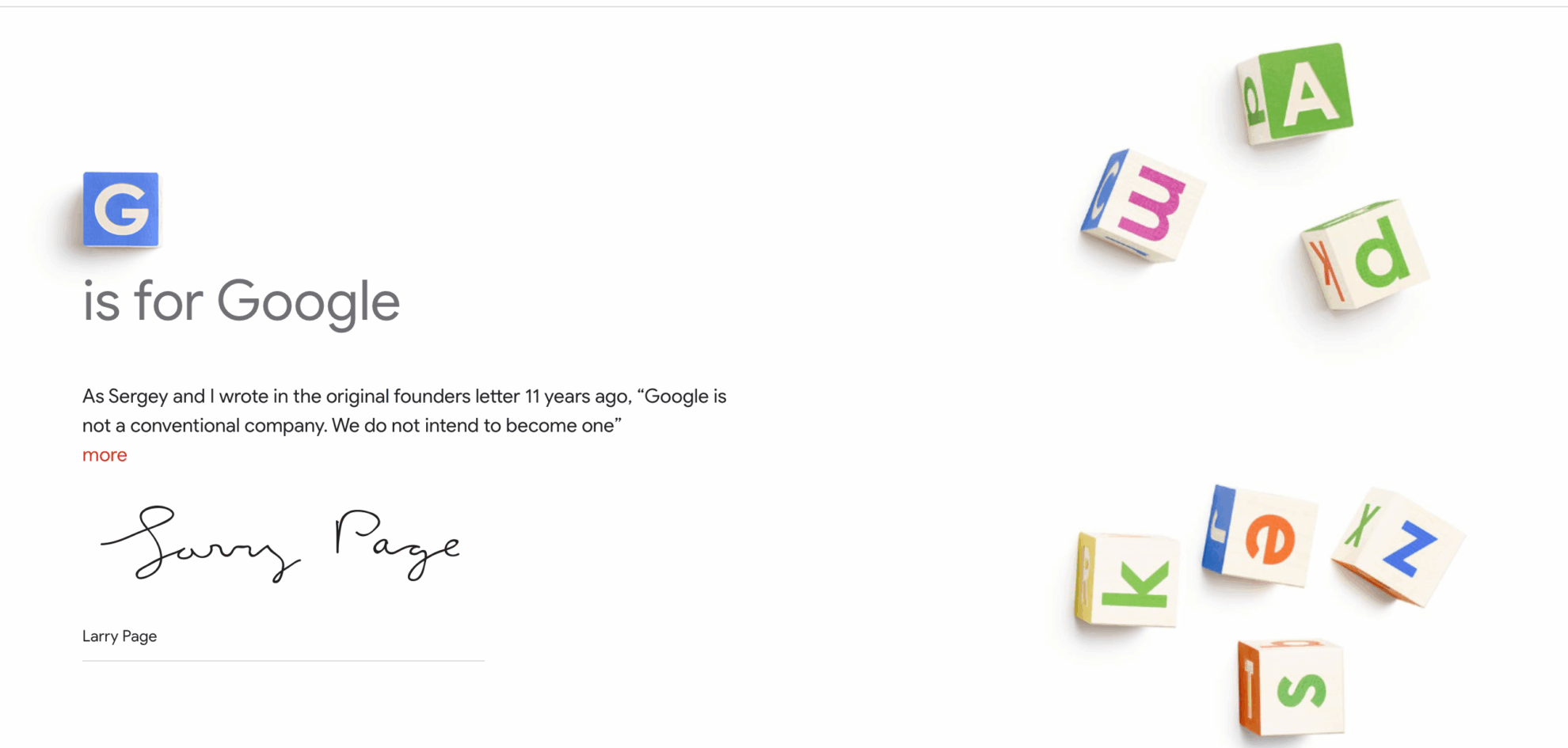
In October 2025, the announcement of the Nobel Prize in Physics brought great news to the global scientific and technological community - the Royal Swedish Academy of Sciences awarded this honor to three physicists, John Clarke, Michel Devoret and John Martinis, in recognition of their pioneering contributions to the field of quantum mechanics. Their discovery of macroscopic quantum tunneling and energy level quantization in circuits laid a solid theoretical foundation for modern quantum computing technology.
When the outside world focuses on the winners, it is not difficult to find that two of the winners have close ties with Google. Michel Devoret was the chief hardware scientist of Google's Quantum AI Lab at the time and has long led the laboratory's core hardware research and development; John Martinis has been in charge of the laboratory's hardware team for many years and is a key figure in promoting Google's quantum computing technology breakthroughs.
This connection quickly caused a stir in the industry, and Google CEO Sundar Pichai immediately spoke out on the X platform.He could not hide his pride in his words, "I feel very lucky to work for a company that has produced three Nobel Prize winners and five winners in two years."This short sentence is not only a tribute to the winner, but also brings its parent company Alphabet back into the public eye.
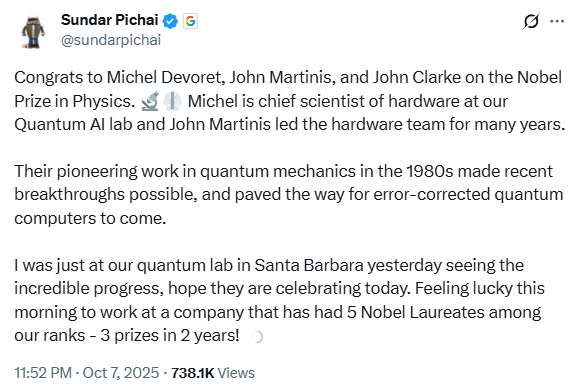
Alphabet already won two Nobel Prizes in 2024 for groundbreaking achievements in AI, and now it has added another accolade in the field of quantum computing. This milestone of "three awards and five winners in two years" is no accidental accumulation of honors, but rather the culmination of decades of research and development by this tech giant. Each Nobel Prize achievement serves as a concrete testament to Alphabet's scientific prowess. From its years-long dormant ambitions for scientific exploration, to its Nobel-certified scientific strength, to its strategic research framework, the outside world is curious about the research landscape behind it.
Research ambitions: a two-pronged gamble on AI and quantum
Alphabet's scientific ambitions were first revealed in 2010. Since its founding, Google X, known as its "dream factory," has brought together a diverse and talented group of engineers and scientists, granting them independent decision-making and substantial financial support. Here, scientists can undertake bold and unconventional experiments, and even if the chance of success is only one in a million, they will receive generous financial and material support from the company. Former Google X director Astro Teller remarked in Bloomberg Businessweek in April 2013:The idea of "do it with no limits" has become the slogan of Google X.
2011 was the golden age of rapid computer development.Google Brain began its cutting-edge exploration in the fields of computers and AI.He built DistBelief, a proprietary machine learning system based on deep learning neural networks, and combined open machine learning research with information systems and large-scale computing resources. Tools like TensorFlow made neural networks accessible to the public. His Transformer architecture has transformed deep learning from an academic concept into a global hot topic, becoming the technological cornerstone of today's large language models.
In January 2014, Google acquired DeepMind, a little-known AI lab in London, for approximately $500 million. This deal raised questions at the time. The company was only three years old and had neither mature products nor a clear profit model. Former Google CEO Larry Page was impressed by the research capabilities of its founder, Demis Hassabis. Back then,This scientist, who once won the title of chess master, firmly believes that "AI will solve humanity's most difficult problems."
Since then, the laboratory has formed a "dual-engine" R&D structure with Google Brain.
In 2017, the lab achieved a crucial breakthrough when the DeepMind team responsible for developing the AI Go software, AlphaGo Zero, developed a version of the program that used no human data and was superior to any previous version that had defeated humans. Learning from playing against itself, AlphaGo Zero surpassed AlphaGo Lee with a score of 100:0 after just three days. It reached the level of AlphaGo Master in just 21 days and surpassed all previous versions within 40 days.
In the years since, DeepMind has continuously expanded its research footprint and delved into cutting-edge research across multiple fields. Its core focus has been on exploring general artificial intelligence (AGI), breakthroughs in reinforcement learning technology, and AI-enabled life sciences and basic sciences. The company has continuously pushed the boundaries of technology and its applications, achieving a series of milestones:
In the fields of general intelligence and game AI,AlphaZero, released in 2018, achieved a breakthrough across chess categories; MuZero, launched at the end of 2020, further expanded the boundaries of its capabilities, not only maintaining its advantage in traditional chess games, but also demonstrating superhuman performance in 57 different Atari games.
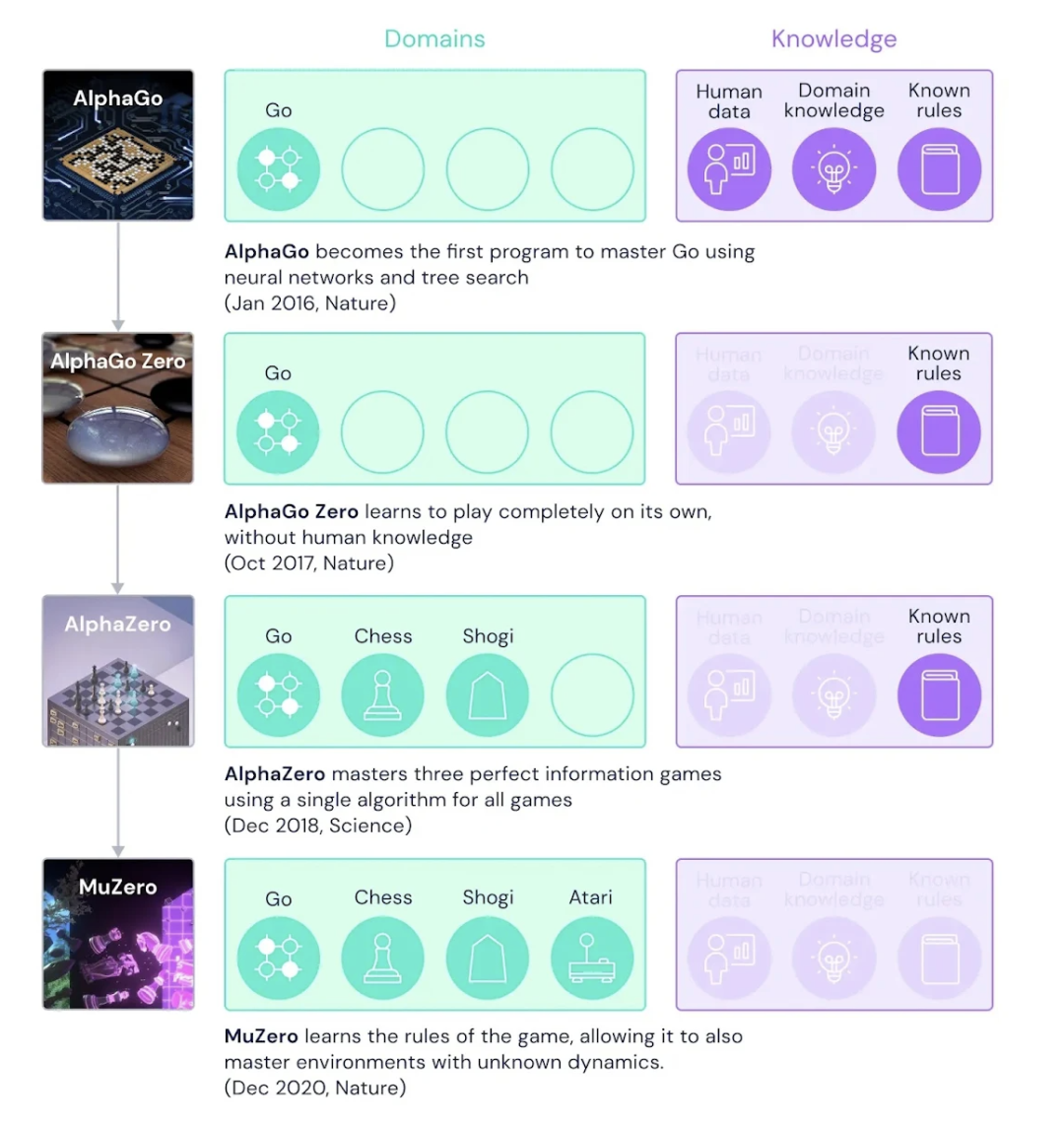
The field of life sciences is a benchmark for the implementation of DeepMind technology. In 2020, AlphaFold2 won the 14th Competition for Protein Structure Prediction (CASP), solving the protein folding problem that had plagued biology for half a century. In 2021, the team released the AlphaFold Structural Database, which contains predicted structures of 200 million proteins and is freely available to the global research community.
In basic science,DeepMind continues to explore the cross-disciplinary value of AI. In February 2022, the team released two major achievements: AlphaCode, based on the Transformer architecture, produces computer programs of comparable quality to those of human developers, achieving upper-middle-level performance in programming competitions; and DeepMind successfully applied AI to controlled nuclear fusion, improving the simulation accuracy of plasma shape by 65% and achieving control of the nuclear fusion plasma inside a tokamak.
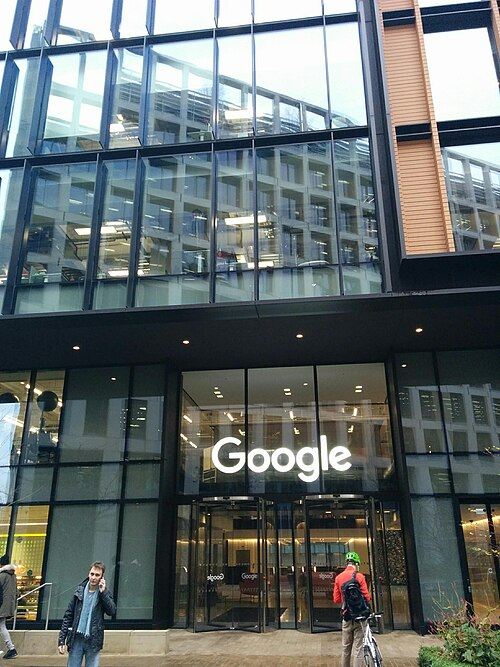
In 2023, Google continued to accelerate its artificial intelligence work in response to OpenAI's ChatGPT.Announced the merger of DeepMind and Google AI's Google Brain division,Google DeepMind was established to concentrate resources on building large models to compete with GPT-4.
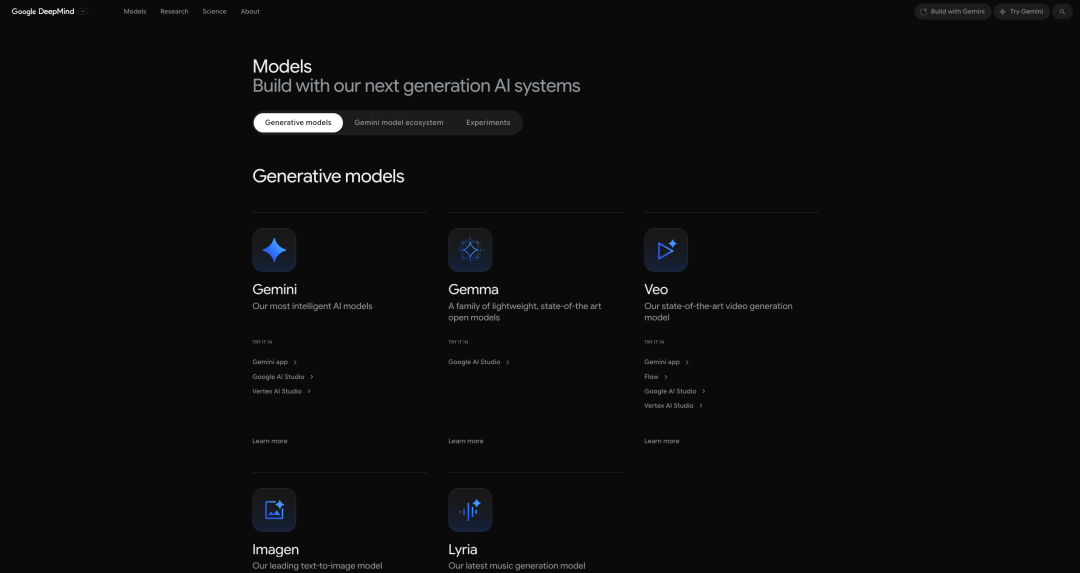
"Integrate scattered AI research resources, speed up the development of large models, and avoid waste of resources caused by internal competition."Under this core growth logic, the team integrated Brain's large-scale computing platform, TPU training infrastructure, and natural language modeling experience to complement DeepMind's reinforcement learning and multimodal intelligence system.
Under the leadership of Demis Hassabis, the new team quickly focused resources on developing the Gemini series of models. Gemini 1 demonstrated outstanding performance in multimodal tasks such as language, images, and code. The subsequent Gemini 1.5 Pro and Gemini 2.5 Ultra achieved breakthroughs in long-context understanding, multimodal reasoning, and tool invocation, supporting context lengths exceeding 10 million tokens and surpassing the performance of similar models in the industry.
Meanwhile, DeepMind has not slowed down its scientific exploration. AlphaFold 3, released in 2024, expanded its prediction capabilities from proteins to RNA, DNA, ligands, and compound interactions, enabling AI to play an increasingly important role in drug development and molecular simulation. In 2024, DeepMind team members were awarded the Nobel Prize in Chemistry for their outstanding contributions to protein structure prediction and AI's advancement of basic science.
at the same time,Alphabet's layout in the field of quantum computing is more visionary.
In 2014, Google recruited John Martinis, a physics professor at the University of California, Santa Barbara. This Berkeley PhD's advisor was John Clarke, a co-recipient of the 2025 Nobel Prize. In 2019, Martinis's team used a 53-qubit Sycamore processor to complete a computation that would have taken a classical supercomputer 10,000 years, achieving "quantum supremacy" for the first time. Despite widespread skepticism at the time, Alphabet continued to invest heavily.In 2024 alone, $1.2 billion in R&D funding will be invested in the Quantum AI Laboratory.
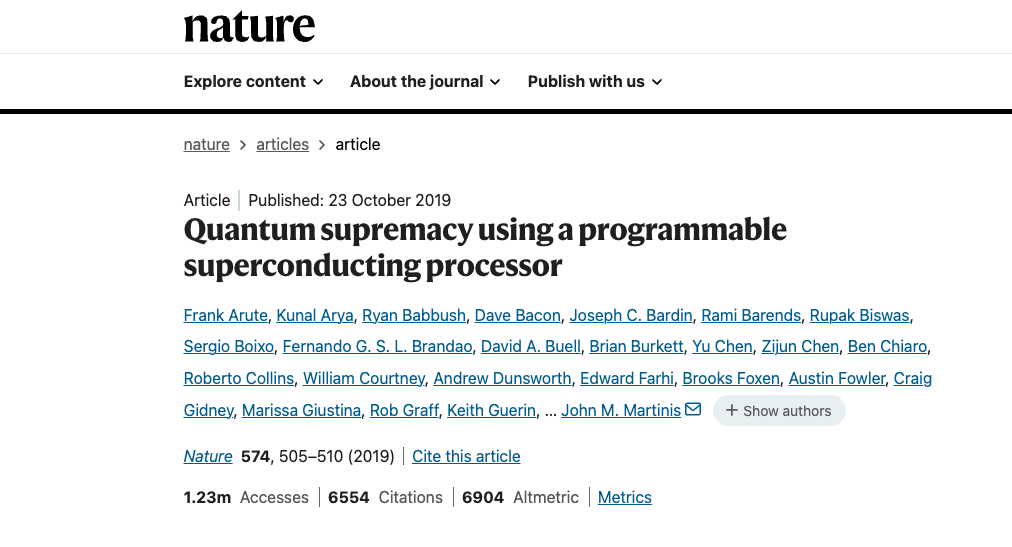
Michel Devoret, who now oversees hardware development at the lab, is a key figure in this protracted battle. The macroscopic quantum tunneling phenomenon discovered by this French scientist in the 1980s, in collaboration with Martinis, laid the theoretical foundation for superconducting qubits. The Transmon superconducting qubit architecture, which he led in development, has now become the standard for quantum computing companies worldwide.
Scientific research strength: Nobel Prize "three awards and five winners in two years"
Indeed, Alphabet's ambitions are not unrealistic, but rather parallel its scientific prowess. Alphabet's scientific prowess is primarily reflected in its ability to tackle cutting-edge scientific challenges. In just two years, it has achieved breakthroughs in both AI and quantum computing. This Nobel Prize recognition further demonstrates the depth and capabilities of its research.
The breakthroughs recognized by the 2024 Nobel Prize in Chemistry are a prime example of how AI empowers science. The AlphaFold2 project, led by DeepMind CEO Demis Hassabis and core researcher John Jumper, has completely solved the protein structure prediction challenge that has plagued biology for half a century. While traditional methods can take over a year and cost hundreds of thousands of dollars to resolve a single protein structure, AlphaFold2 can achieve accurate predictions in minutes based solely on amino acid sequences. Its core breakthrough lies in finding the optimal balance between data, computing power, and algorithms—using only 128 TPU V3 cores for two weeks of training, it achieved accuracy far exceeding that of traditional techniques.
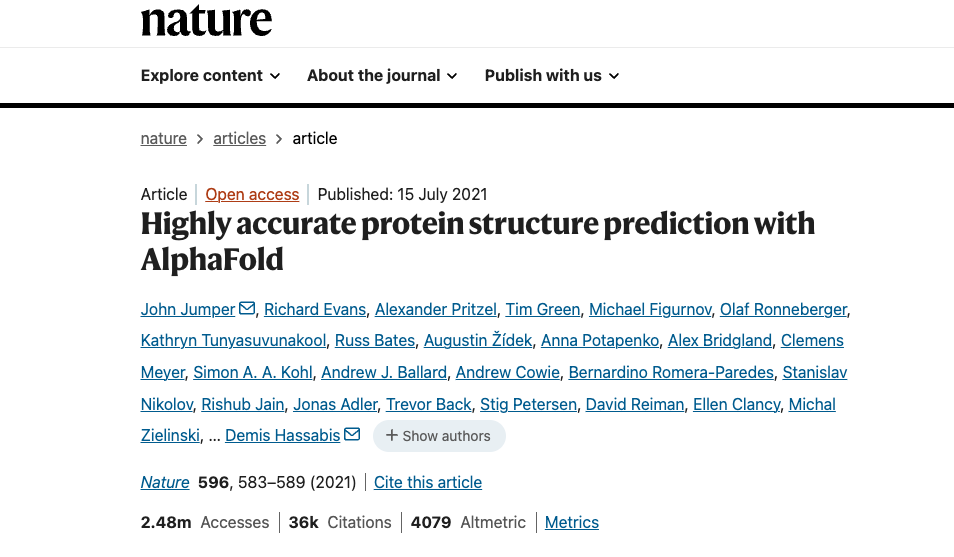
According to the AlphaFold database,As of 2025, AlphaFold has predicted over 200 million protein structures.It is used by over 3 million people in more than 190 countries, with 36,000 academic citations alone, directly accelerating the development of the entire field of structural biology by 5%-10%.
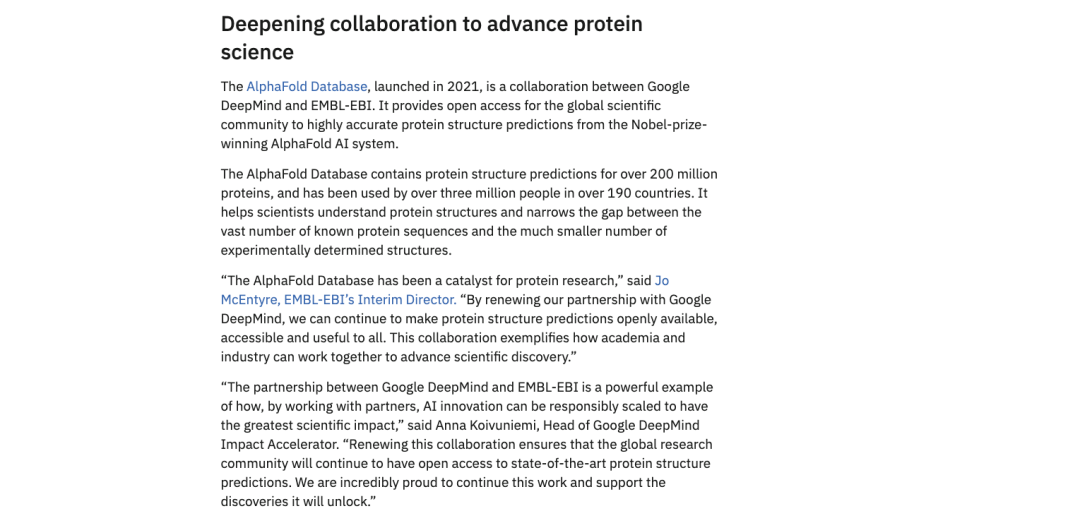
Geoffrey Hinton, a former core member of Google Brain, also won the Physics Prize in the same year.Hinton, known as the "Father of Deep Learning," proposed the Boltzmann machine and backpropagation algorithm. Boltzmann machines can be used for image classification or to generate new samples similar to training data. They also learn to identify characteristic elements in specific types of data, becoming the underlying framework of modern AI. Furthermore, Hinton utilized tools from statistical physics to train machines to recognize the most likely patterns during operation.
The 2025 Nobel Prize in the quantum physics field highlights Alphabet's deep accumulation in basic physics research.
Research by Michel Devoret, current Chief Hardware Scientist at Google's Quantum AI Lab, and John Martinis, former head of the hardware team, has demonstrated quantum tunneling and energy quantization in macroscopic superconducting circuits, proving that quantum properties can persist reliably in systems visible to the naked eye. This discovery, far from being a theoretical curiosity confined to a laboratory, is the cornerstone of superconducting quantum computing. The Josephson junction "sandwich" structure, designed by the duo, is now widely used in superconducting circuits.
The AlphaQubit system, launched in 2024, deeply integrates AI and quantum technology.Tests on Google's Sycamore quantum processor showed that AlphaQubit reduced the error by 6% compared to the tensor network method and by 30% compared to the widely used correlation matching decoder, clearing a key hurdle for the development of fault-tolerant quantum computers.
Beyond the fields recognized by the Nobel Prize, Alphabet continues to delve into numerous areas, including cutting-edge research in artificial intelligence, quantum computing, biomedicine, robotics, environmental sustainability, and precision medicine. Its subsidiaries, Google DeepMind, focus on general AI and fundamental algorithms, Verily on health data and medical technology, Isomorphic Labs on accelerating drug discovery with AI, and X Labs on agriculture, energy, climate change, and "moonshot" projects. This interdisciplinary, multi-layered research system has made Alphabet one of the most systematic and long-term research forces in the global tech innovation ecosystem.
Example of Alphabet research project. Source: x.company
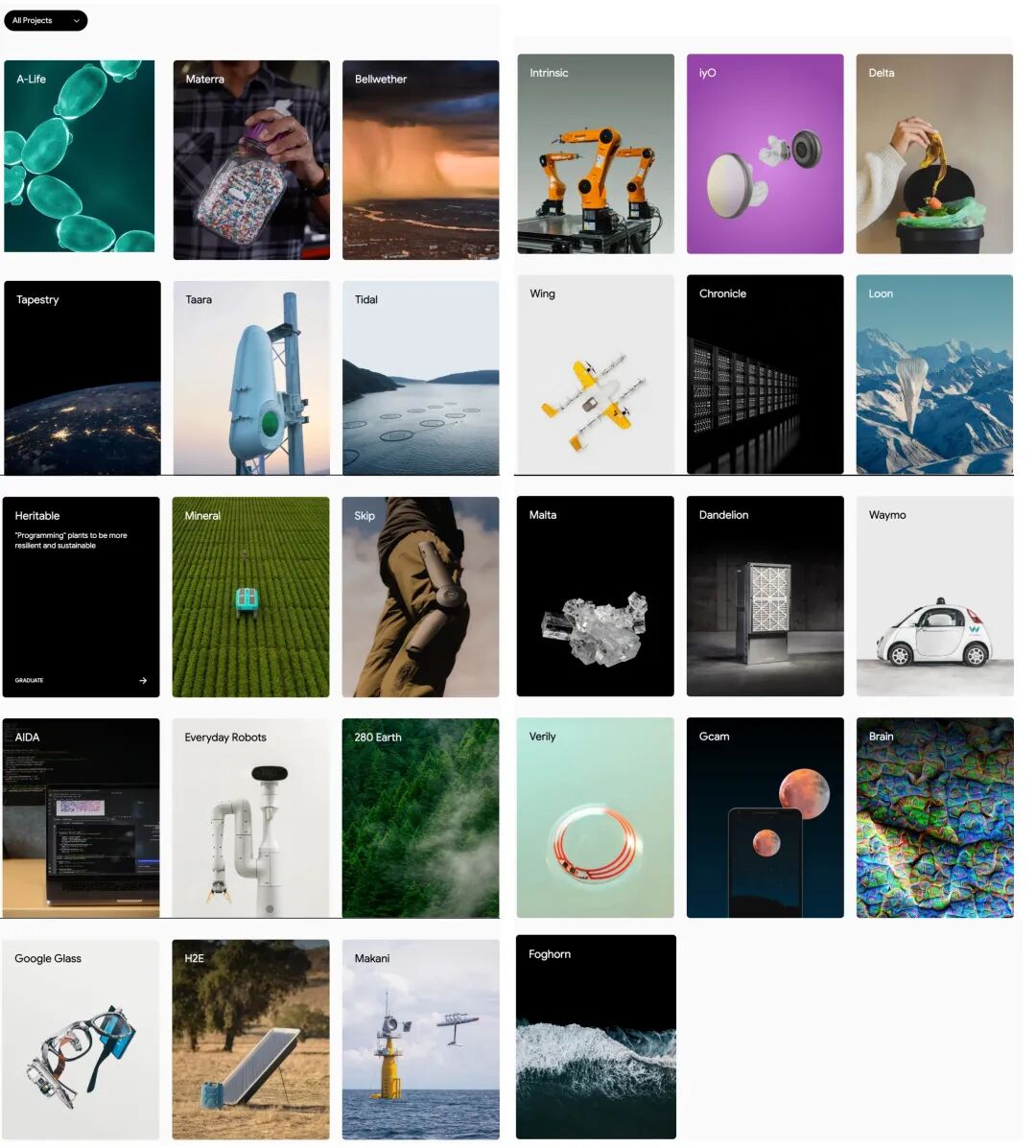
Scientific research support: a trinity underlying architecture
The intensive emergence of Nobel Prize-winning results stems from the "funding-talent-transformation" three-in-one scientific research system built by Alphabet. This system not only ensures the free growth of basic research, but also realizes the efficient implementation of technological breakthroughs.
In terms of financial investment, Alphabet has demonstrated its long-term commitment to basic research.
According to Alphabet's second-quarter financial report, its capital expenditure in 2025 has been raised from the initial forecast of $75 billion to $85 billion.Of this, more than $3 billion went to AI infrastructure research.This figure is expected to increase further by 2026. This massive investment isn't a short-term trend, but rather a strategic deployment precisely aligned with the scientific research cycle. The Quantum AI Lab hasn't generated direct revenue for eight consecutive years since its establishment in 2016, yet it has received over $1 billion in annual funding. Verily's life sciences division continues to invest despite incurring billions of dollars in operating losses annually. This strong support for research is the foundation of its robust scientific research capabilities.
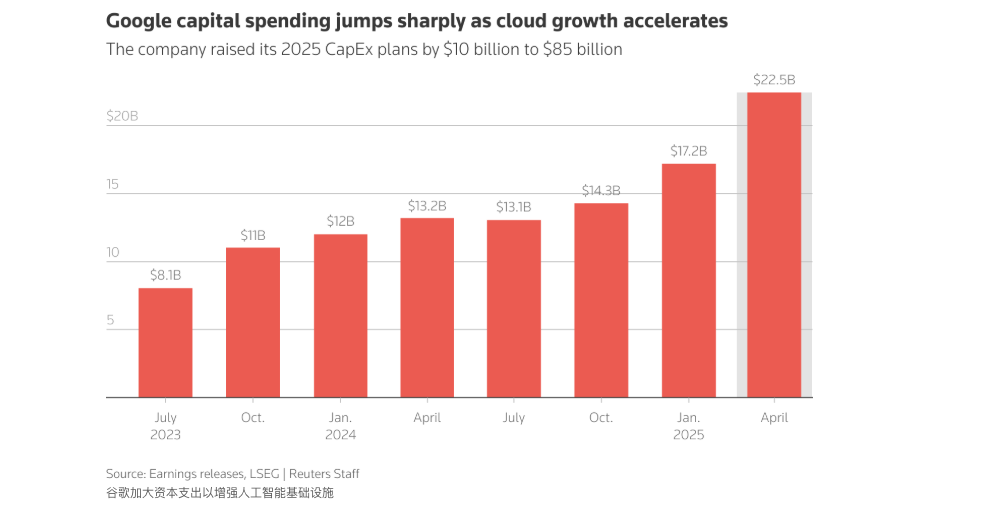
Furthermore, Alphabet's talent strategy is the core engine that supports its research system. To ensure a steady supply of research talent, Alphabet has also invested heavily in education and talent development.
In 2025,Google has pledged to invest $1 billion over the next three years to support AI education and training across the United States.The initiative has already attracted over 100 universities to participate, offering free AI courses and vocational training to its members. This not only allows Alphabet to secure top talent within the global AI research ecosystem, but also empowers future research through education.
Alphabet's closed-loop integration of industry, academia, and research has enabled it to truly transform its scientific research prowess into competitive advantage. Drawing on the success of Bell Labs, it has established a comprehensive chain of "scientific discovery - technological invention - product innovation." AlphaFold2, from fundamental algorithmic breakthroughs to the release of an open-source database, became a standard tool for global life science research in just two years, spawning unexpected innovative applications such as "protein-based engineering." Basic research in the quantum field has been directly translated into patents for the Sycamore processor and Google Cloud's quantum computing services, forming a virtuous cycle of "academic breakthrough - patent protection - commercial implementation." This transformation goes beyond simple technological monetization; rather, it amplifies the value of research through an open-source strategy. The open-source code and release of a database of 200 million protein structures for AlphaFold2 seemingly forgo short-term profits, but have earned the trust of the global scientific community, ultimately driving real value in areas such as drug discovery and development, and ultimately fueling the company's medical AI business.
* Bell Labs: Nokia Bell Labs, an American industrial R&D company owned by Nokia, has won 11 Nobel Prizes and 5 Turing Awards
Research Strategy: Technology + Model Reshapes the Industrial Research Paradigm
The milestone of "three awards and five winners in two years" is not only a summary of past achievements, but also foreshadows the future potential of Alphabet's scientific research capabilities. Its exploration of technology layout and scientific research paradigms is reshaping the operating standards of the next generation of industrial scientific research.
In the technology track,Alphabet has built a three-dimensional scientific research matrix of "AI+Quantum+Life Science".
In the field of AI, in addition to the AlphaFold series, Google DeepMind continues to make breakthroughs in reinforcement learning, multimodal models and other areas, and its basic research and development models are evolving from special-purpose to general-purpose; in the field of quantum computing, the Quantum AI team is building a computer with 1 million quantum bits, and plans to build a multi-billion dollar quantum computer and officially commercialize it by 2029; in the field of life sciences, Verily's smart contact lenses have entered clinical trials and can monitor blood sugar levels in real time, forming an application ecosystem that complements AlphaFold2.
This multi-track layout has formed a technological synergy effect: AI technology improves the efficiency of quantum error detection, quantum computing can accelerate the training of AI models in the future, and the application scenarios of life sciences provide a soil for the implementation and verification of the former two.
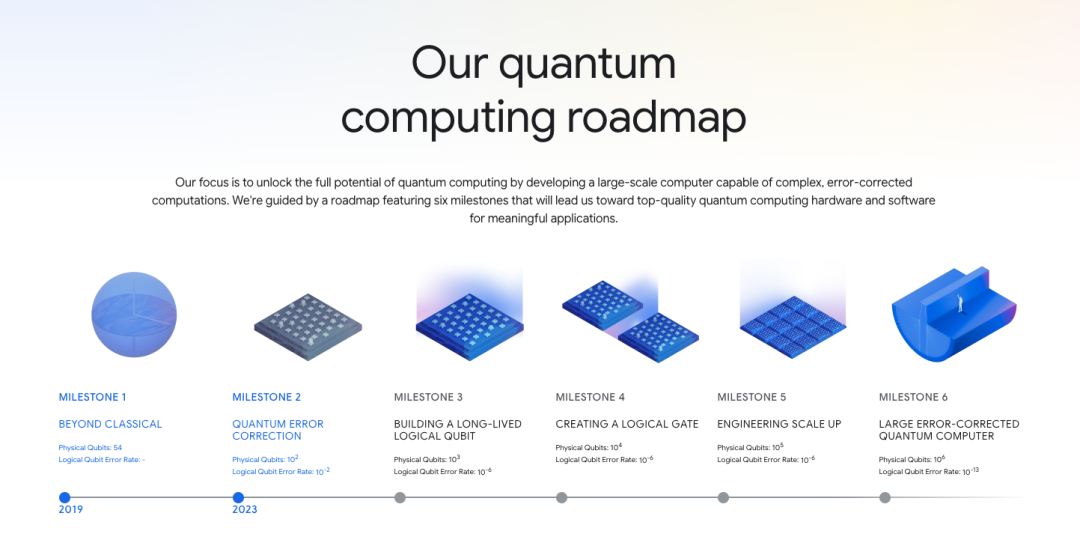
More profoundly, Alphabet is reshaping the paradigm of industrial research. Unlike Bell Labs, which relied on a single company for funding, Alphabet has built three major cash flow pillars: advertising, cloud computing, and hardware. 40% of its 2025 capital expenditures will come from non-advertising businesses. This diversified funding model makes basic research more resilient. In terms of research culture, it breaks the traditional perception of the "academic-commercial divide": scientists are allowed to publish freely and participate in academic exchanges, while ensuring commercial returns through patent portfolio development and technology transfer. The open source development of AlphaFold2 and the commercial sales of Google Cloud computing power form a perfect balance. This paradigm shift has attracted a global concentration of scientific research resources, gradually making it a "Nobel Prize cradle" comparable to Bell Labs. The deep integration of AI and quantum computing has the potential to give rise to disruptive technologies that surpass transistors and lasers.
It's undeniable that Alphabet's research journey faces challenges. The massive $85 billion investment has sparked concerns among some investors about short-term returns, leading to a 71% drop in its stock price in a single day following the announcement of a capital increase in February 2025. Furthermore, increased AI investments by rivals like Meta and Amazon have intensified competition for talent. However, as Demis Hassabis observes, "Scientific breakthroughs are never linear; they emerge in bursts after sustained investment."
From its organizational restructuring in 2015 to its third consecutive Nobel Prize in 2025, Alphabet has spent the past decade proving that basic scientific research is no longer the exclusive domain of academic institutions. As Michel Devoret's team debugs the latest superconducting chips and DeepMind scientists train the next generation of general-purpose AI, the tech giant's research story may have just begun its most exciting chapter.
Reference articles:
1.https://wallstreetcn.com/articles/3751755?
2.https://www.bloomberg.com/news/articles/2013-05-22/inside-googles-secret-lab
3.https://www.ebi.ac.uk/about/news/technology-and-innovation/google-deepmind-partnership-renewal/
4.https://thequantuminsider.com/2024/11/20/ai-power-for-quantum-errors-google-develops-alphaqubit-to-identify-correct-quantum-errors/
5.https://www.mittrchina.com/news/detail/12241